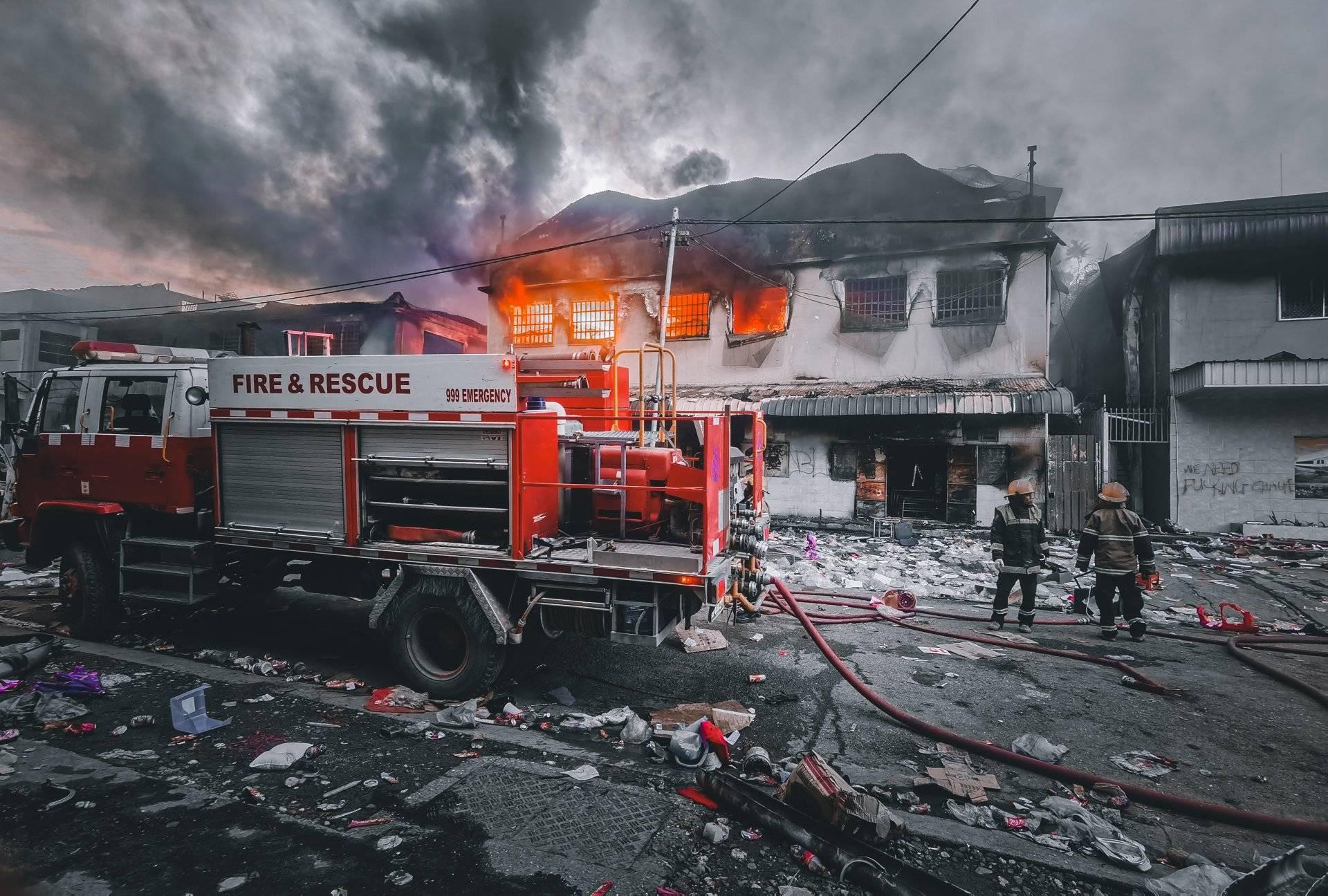By Georgina Kekea
Solomon Islands was COVID-19 free until December 2021. Despite recording positive cases in isolation centres, the spread to the community was avoided. It was not until January 2022 that Prime Minister Manasseh Sogavare announced the country's first case of community transmission.
Despite the government's efforts to keep the virus from spreading in communities, the illegal movement of people between Papua New Guinea and Solomon Islands finally exposed these communities to COVID-19, as had long been feared. With the dilapidated state of its clinics and hospitals, 2022 will see . . .
Please Subscribe to view full content...
